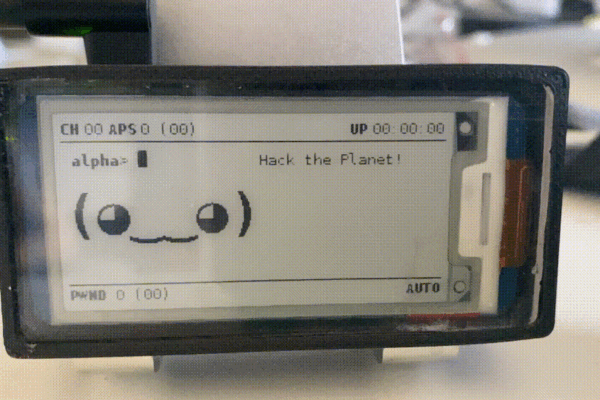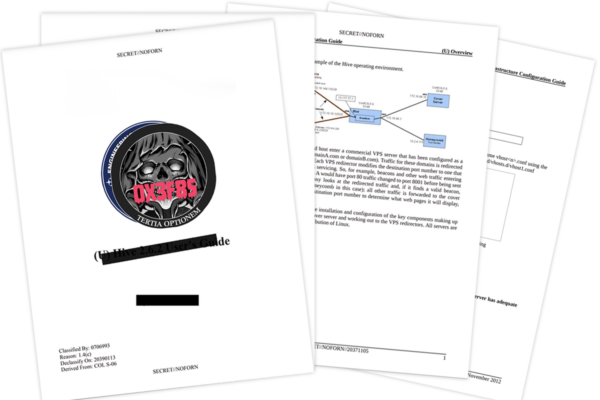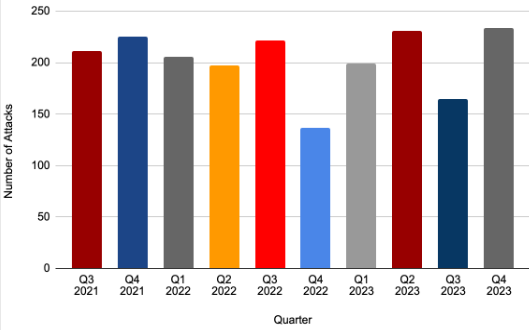
THE BUG HUNTERS METHODOLOGY LIVE
https://tbhmlive.com/ Jason Haddix TBHM Live – Course Info I am thrilled to introduce you to The Bug Hunter’s Methodology LIVE, my masterclass designed for aspiring and seasoned offensive security professionals, including web application security testers, red teamers, and bug bounty hunters. The Bug Hunter’s Methodology (TBHM) is a two-day, paid, virtual training that aims to…









